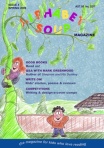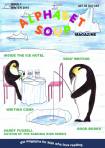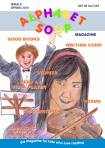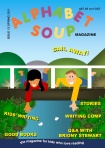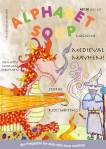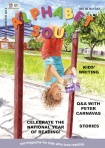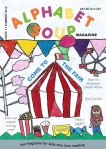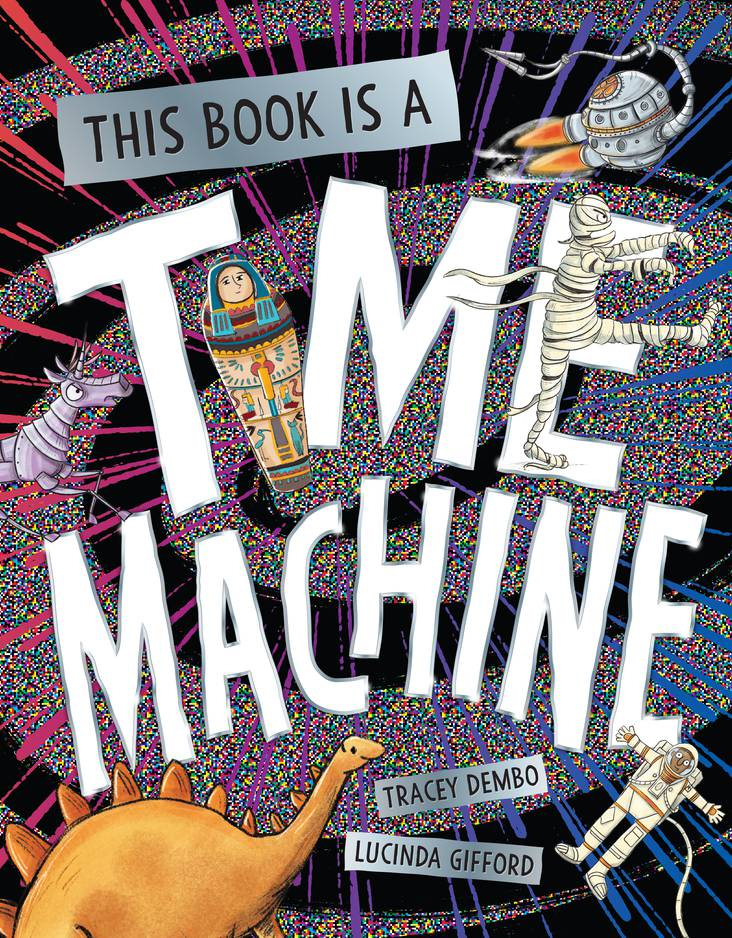
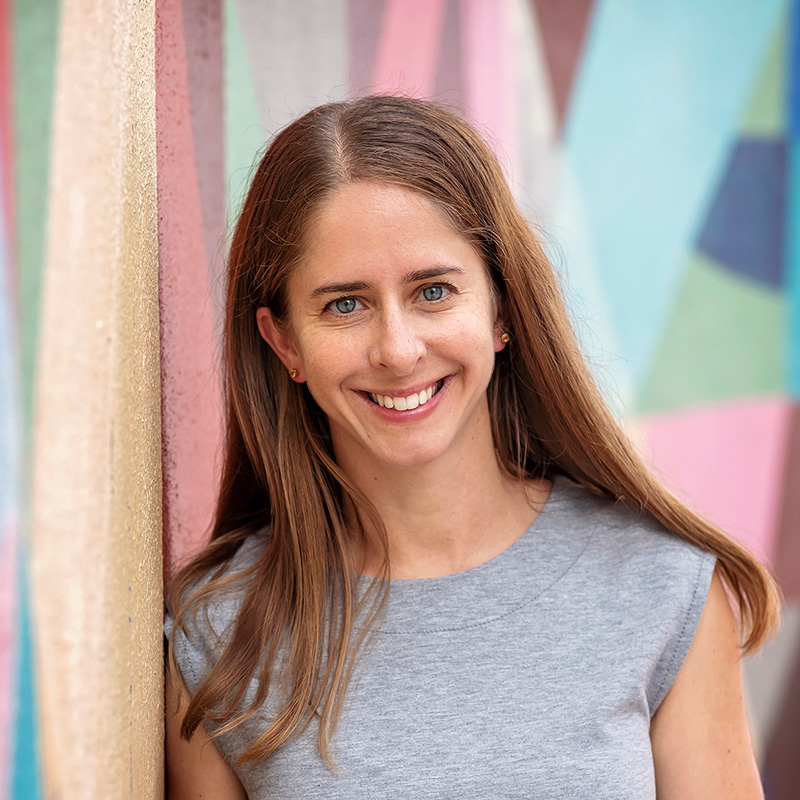
Tracey Dembo writes books encouraging big questions, daring dreams and wild imaginations. She’s the author of two picture books: An A to Z of Dreaming Differently, illustrated by Lucia Masciullo, and This Book is a Time Machine, illustrated by Lucinda Gifford. Today we’re excited to chat to Tracey about This Book is a Time Machine!
From the publisher:
Guess what? You are holding a real-life time machine!
You don’t believe me?
I’ll show you!
For a start, I wrote this blurb in the PAST.
Yet, you are reading it in the PRESENT.
And when you finish reading the blurb, it will be the FUTURE …
The author (you!) and the illustrator are both characters in This Book is a Time Machine. Did you meet Lucinda Gifford while she was working on the illustrations?
I actually didn’t meet Lucinda while working on the illustrations – the first time I met Lucinda was before that, during the Maurice Saxby Mentorship Program in 2022 (an incredible creative development program for children’s creators that I was fortunate enough to be part of). Lucinda was a former mentee of this program, and we were fortunate to have lunch with her and to hear all about her creative journey and processes as part of the mentorship. I was completely in awe of her, and it was so inspiring to listen to her experiences. So, you can imagine how excited I was to hear that she had agreed to do the illustrations for This Book Is a Time Machine! Once she had signed up, we met early in the process, via a video call with Tash, our publisher. This is not necessarily the conventional way authors and illustrators collaborate on a book, but because we are both actual characters in the book (which is unusual), it was really important to make sure we were all on the same page and to work closely together. It was a great experience to be able to work like this with such an incredible illustrator and creative team, including Tash and Kristy Lund-White (the designer).
If you climbed into a time machine, would you choose to go into the past or the future?
I would probably go backwards into the past and meet some of the incredible people who are no longer with us. Frida Kahlo and Albert Einstein would be two people who I would really love to meet.
This book features so many creatures, people and events escaping from their time in history – if you were dressing up as a character from This Book is a Time Machine for a Book Week parade, what would your costume be?

Although this is one book I could get away with not dressing up for (as I could go as myself), I would definitely go as the mummy.*
I just love the different facial expressions of this character throughout the book (I’m pretty sure one of those expressions is how I look before I’ve had my morning coffee).
*Check out the mummy in the letter E on the book’s cover.
If we took a time machine into the future, what would we see Future Tracey working on?
Look, I would love to be able to say that Future Tracey would be working on an international best-seller, but I guess I would need to use my time machine to find out if this is true!
In the meantime, I am writing as much as I can in the hope that a future brilliant idea will come to me.
Do you have a tip for young writers who would like to try writing their own picture books?
My tip would be to keep on going and persisting, even when your work does not turn out how you want it to. Making mistakes and mess and improving your craft is all part of the process and so it is really important not to give up.
This Book is a Time Machine is out now! Ask for it at your favourite bookshop or local library.
AWESOME EXTRAS:
Watch the book trailer [YouTube]
Will the book make an impact? [You Tube]
Make your own Future Teller [PDF]
Visit the author’s website for more about her and her books
Visit the illustrator’s website for more about her and her books


 Do you write on a computer, or use pen and paper?
Do you write on a computer, or use pen and paper?


 MEET THE AUTHOR
MEET THE AUTHOR Okay – what would YOU do with a million dollars if you suddenly became a millionaire?
Okay – what would YOU do with a million dollars if you suddenly became a millionaire? Awesome extras:
Awesome extras: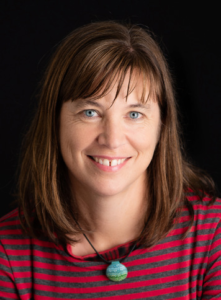 MEET THE AUTHOR
MEET THE AUTHOR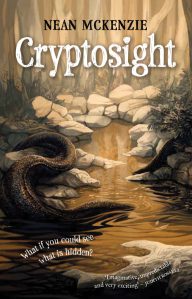 What inspired you to write about the wonderful world of cryptozoology?
What inspired you to write about the wonderful world of cryptozoology?

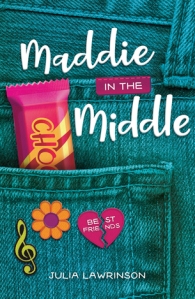 What sparked the idea for Maddie in the Middle?
What sparked the idea for Maddie in the Middle? Awesome extras:
Awesome extras:


